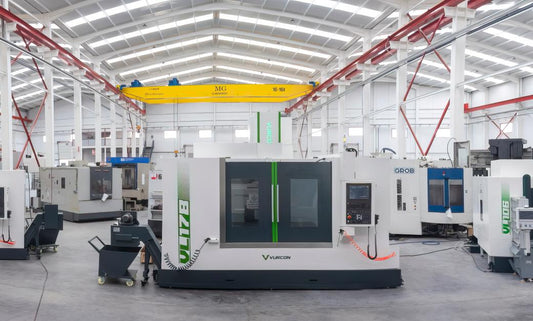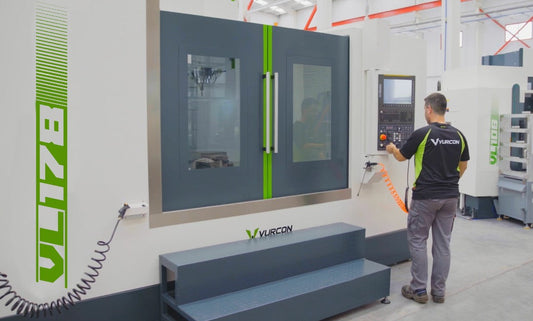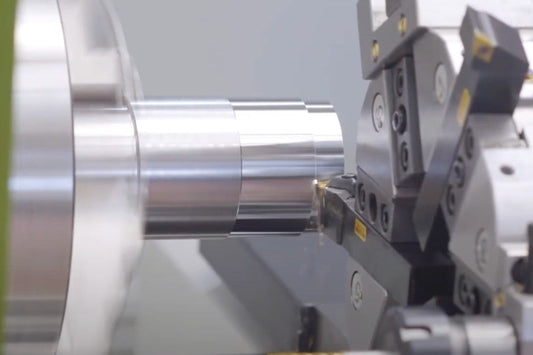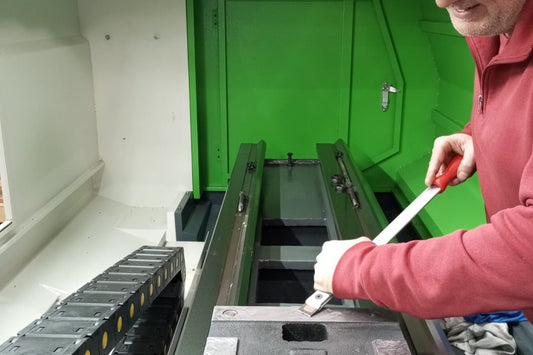Machining Equipment: How Many Types Exist?
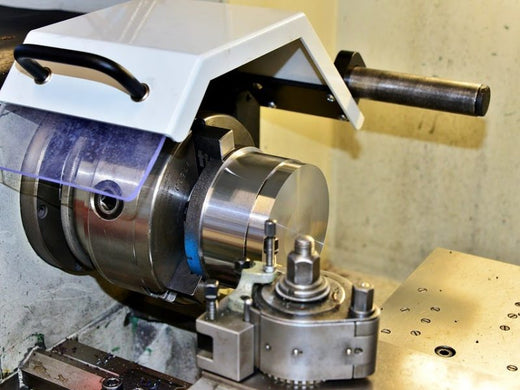
There are different types of machining machines. Each of them has specific characteristics that allow them to carry out different machining processes. Likewise, they have common functions that enable them to achieve the required production volume.
Types of Machining Machinery
There are various types of machining machinery that are very common in workshops, factories, and industries for performing various tasks.
The Lathe
A lathe is a type of machining machinery that can perform different tasks using computer numerical control. This machine offers great precision and accuracy and is capable of machining different types of parts, from the smallest to the largest and most complex, in a very short time.
In fact, CNC lathes are designed for working in large productions. Modern lathes have settings for cutting speed and rotation of the piece and feature automatic tool changing so that a single lathe can perform different machining processes.
Currently, you can distinguish inclined bed lathes, flat bed lathes, horizontal lathes, and vertical lathes.
The Milling Machine
A milling machine is a tool that shapes a piece by chip removal. The machining process is carried out through a series of cutting and rotating tools known as cutters. In today's market, we can find vertical milling machines and horizontal milling machines.
The CNC milling machine, computer-controlled, can perform tasks such as planing, drilling, hollowing, engraving, milling by surface of revolution, milling by patterned surface, and milling by swept surface. The milling machine software controls the position and speed of the motors and the movement of the table and spindle.
The Shaper
The shaper is a type of machining machinery that works by chip removal with a linear cutting motion. The table on which the tool is located can move transversely or vertically to remove material from inside the hole of the piece. In this case, the cutting motion is performed by the tool, while the feed motion is done by the worktable.
There are various types of shapers (ordinary, without table, copy, and vertical) that can perform various machining tasks. The most common are machining of horizontal, vertical, or inclined flat surfaces, grooving, keyway cutting, and flat knurling or serrating.
The Grinder
The grinder is a tool that performs machining tasks through the process of abrasion. The precision of the grinder is much more exact, and the level of roughness it leaves is lower compared to machining by chip removal. Therefore, it is a machining machinery that acts once the material has been removed from the piece.
As its name indicates, it is a machine that refines the already performed machining work. What it does is remove any impurities it may have to give it the precision and accuracy in the dimensions required. The results obtained with the grinder on the surface of the pieces are of higher quality.
The Polisher
The polisher is a CNC machine responsible for satin finishing or polishing through two solid discs or abrasive discs. These discs are equipped with grains of different sizes to gradually grind down the piece. There are polishers that use sandpaper instead of discs to sharpen the pieces and remove excess material.
There are three fundamental types of polishers: pedestal, belt, or precision. The latter is a polisher that can create flat surfaces from a cylindrical and rotating cutter. A task it performs by removing very little material and with great precision in the finish.
The boring machine
The boring machine is a type of machinery that machines holes in cubic pieces. The boring tool rotates, working on those holes that require a very tight tolerance. It is a machine that delivers a superior final surface finish quality on the piece. What is achieved with the boring machine is a more exact, precise hole without roughness. In this regard, one must consider the diameter of the hole, its depth, and the desired surface, position, and straightness finish. Additionally, it is very important that the spindle speed of the boring machine is appropriate for working with small holes.

